Verification of Cyberphysical Systems
Author(s): Marjan Sirjani, Edward A. Lee, and Ehsan Khamespanah
Abstract
The value of verification of cyberphysical systems depends on the relationship between the state of the software and the state of the physical system. This relationship can be complex because of the real-time nature and different timelines of the physical plant, the sensors and actuators, and the software that is almost always concurrent and distributed. In this paper, we study different ways to construct a transition system model for the distributed and concurrent software components of a CPS. The purpose of the transition system model is to enable model checking, an established and widely used verification technique. We describe a logical-time-based transition system model, which is commonly used for verifying programs written in synchronous languages, and derive the conditions under which such a model faithfully reflects physical states. When these conditions are not met (a common situation), a finer-grained event-based transition system model may be required. We propose an approach for formal verification of cyberphysical systems using Lingua Franca, a language designed for programming cyberphysical systems, and Rebeca, an actor-based language designed for model checking distributed event-driven systems. We focus on the cyber part and model a faithful interface to the physical part. Our method relies on the assumption that the alignment of different timelines during the execution of the system is the responsibility of the underlying platforms. We make those assumptions explicit and clear.
Citation Formats
-
APA
Marjan Sirjani, Edward A. Lee, and Ehsan Khamespanah. (2020). Verification of Cyberphysical Systems. In Mathematics, 8(7). -
MLA
Marjan Sirjani, Edward A. Lee, and Ehsan Khamespanah. "Verification of Cyberphysical Systems." 2020. Mathematics, vol. 8, no. 7. -
Chicago
Marjan Sirjani, Edward A. Lee, and Ehsan Khamespanah. "Verification of Cyberphysical Systems." 2020. In Mathematics, vol. 8(7). -
BibTeX
@article{SirjaniEtAl:20:VerificationOfCPS, author = {Marjan Sirjani, Edward A. Lee, and Ehsan Khamespanah}, title = {Verification of Cyberphysical Systems},
journal = {Mathematics},
volume = {8},
number = {7},
month = {July 2},
year = {2020},
abstract = {The value of verification of cyberphysical systems depends on the relationship between the state of the software and the state of the physical system. This relationship can be complex because of the real-time nature and different timelines of the physical plant, the sensors and actuators, and the software that is almost always concurrent and distributed. In this paper, we study different ways to construct a transition system model for the distributed and concurrent software components of a CPS. The purpose of the transition system model is to enable model checking, an established and widely used verification technique. We describe a logical-time-based transition system model, which is commonly used for verifying programs written in synchronous languages, and derive the conditions under which such a model faithfully reflects physical states. When these conditions are not met (a common situation), a finer-grained event-based transition system model may be required. We propose an approach for formal verification of cyberphysical systems using Lingua Franca, a language designed for programming cyberphysical systems, and Rebeca, an actor-based language designed for model checking distributed event-driven systems. We focus on the cyber part and model a faithful interface to the physical part. Our method relies on the assumption that the alignment of different timelines during the execution of the system is the responsibility of the underlying platforms. We make those assumptions explicit and clear.},
URL = {https://doi.org/10.3390/math8071068}}

